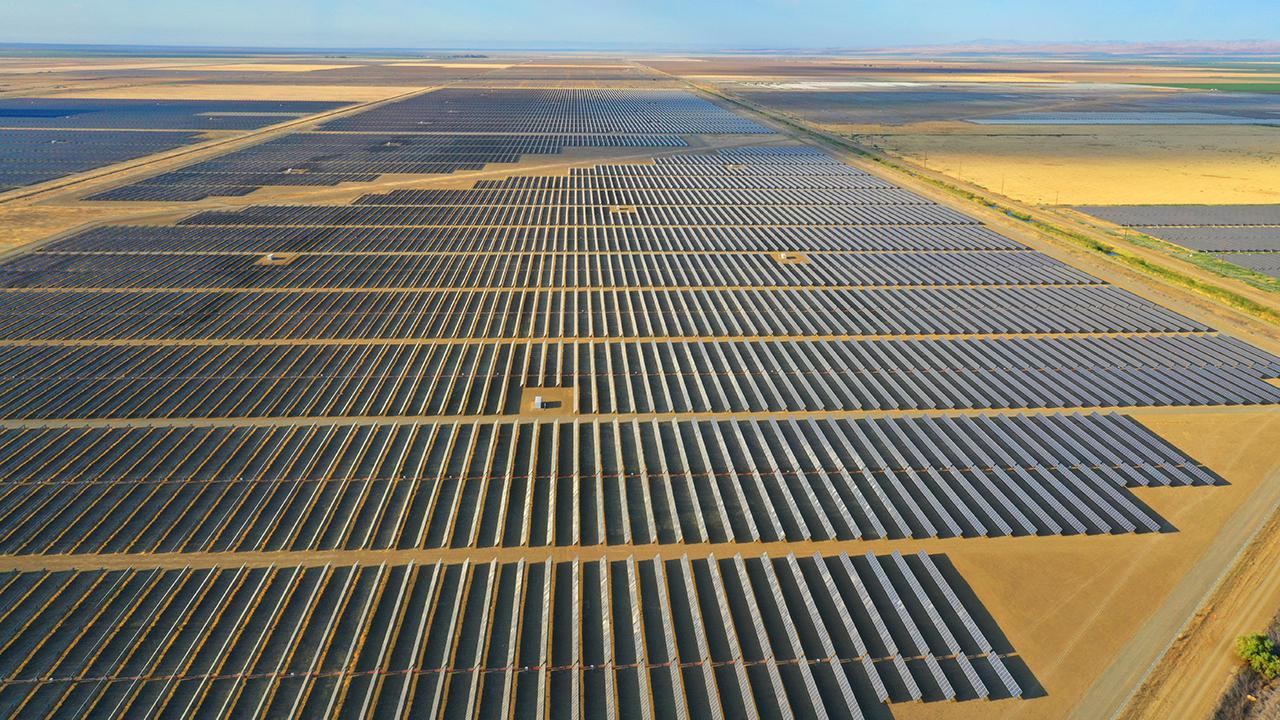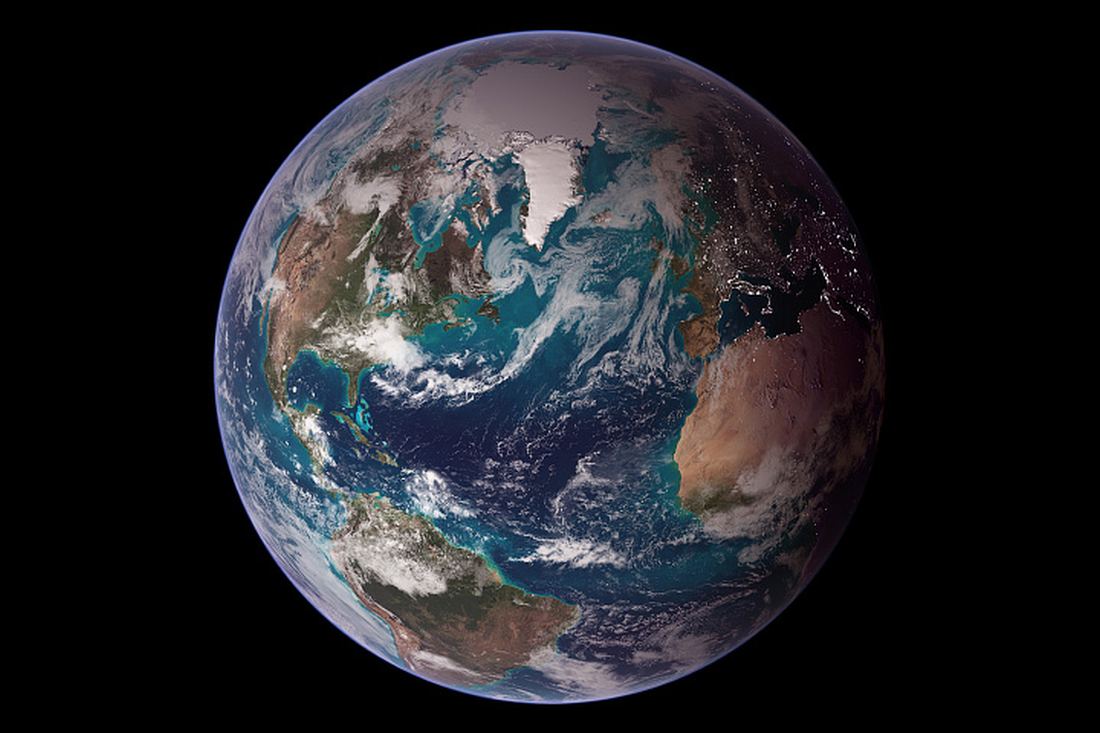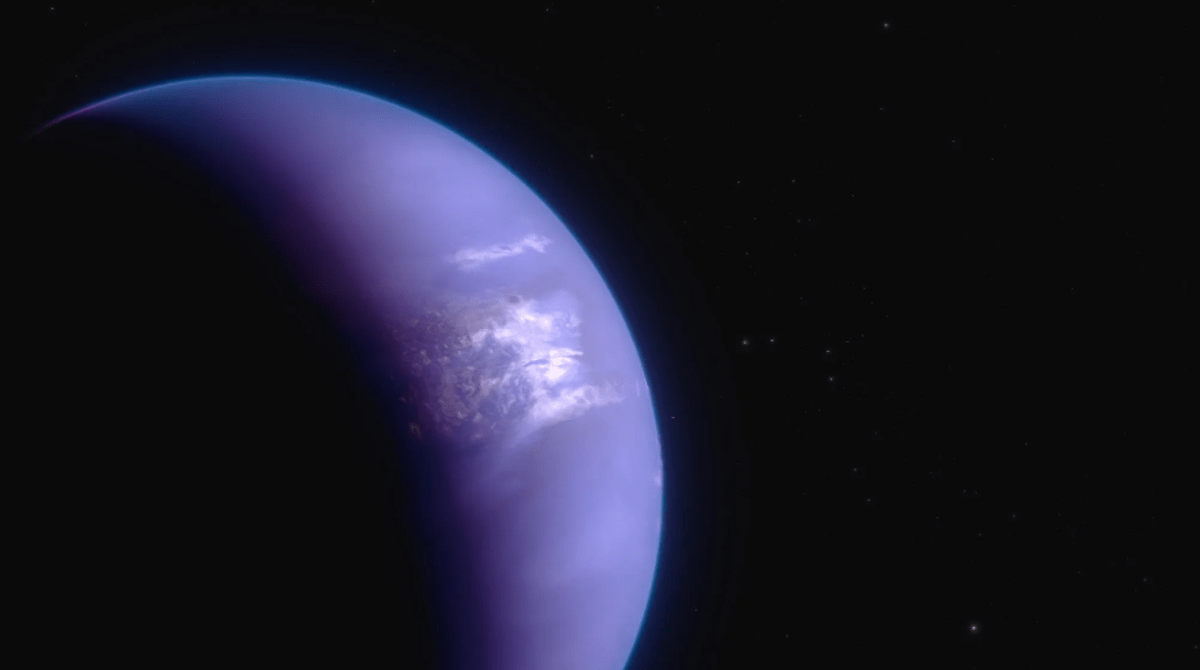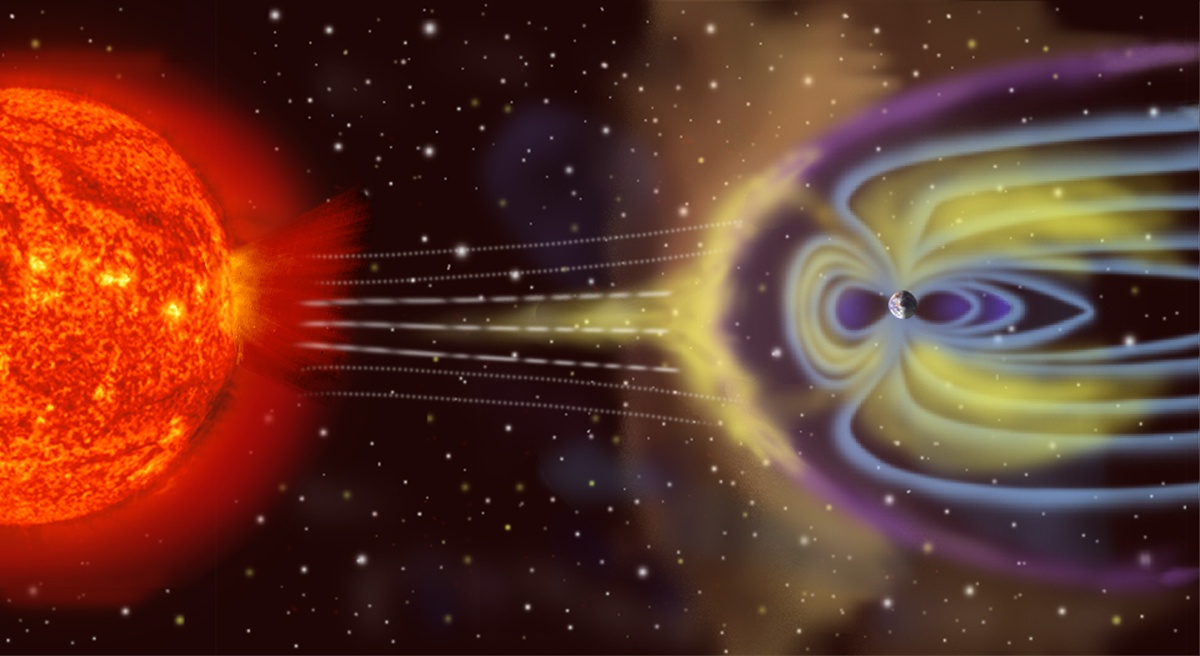If alien technological civilizations exist, they almost certainly use solar energy. Along with wind, it’s the cleanest, most accessible form of energy, at least here on Earth. Driven by technological advances and mass production, solar energy on Earth is expanding rapidly.
It seems likely that ETIs (Extraterrestrial Intelligence) using widespread solar energy on their planet could make their presence known to us.
Continue reading “Could Alien Solar Panels Be Technosignatures?”









